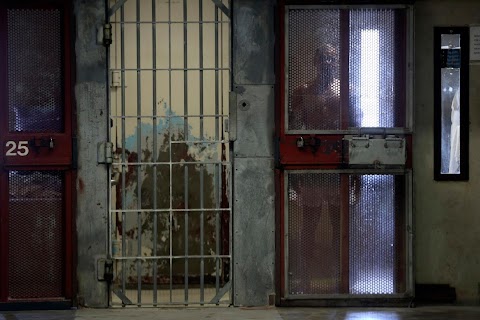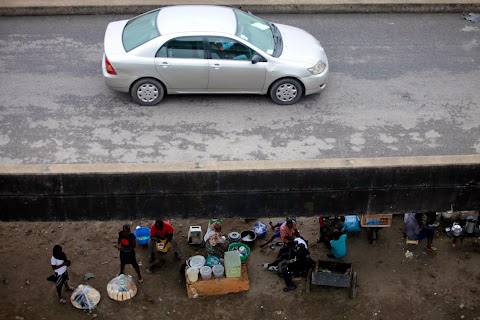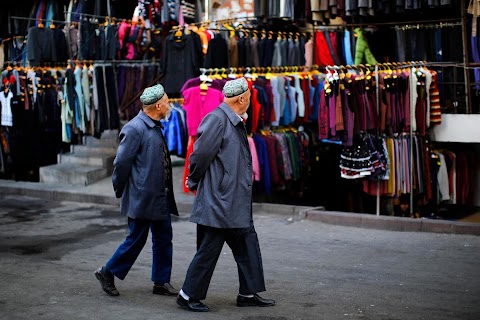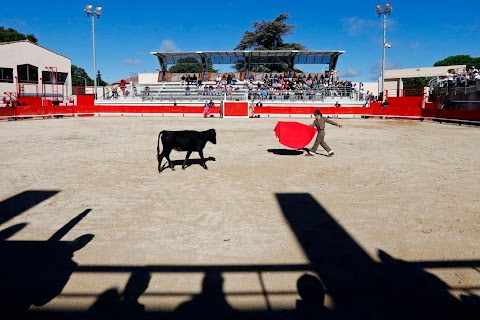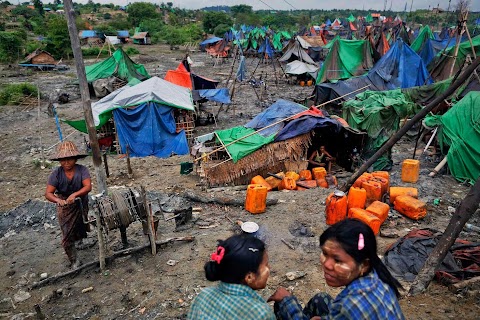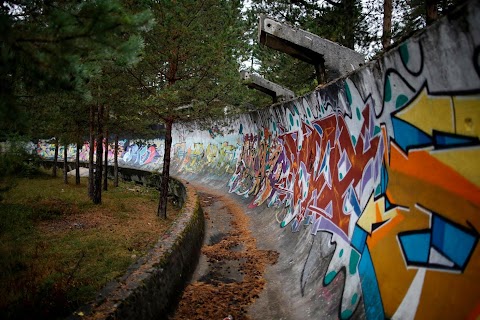
Disappearing Amazon
 Nacho Doce
Nacho Doce
Amidst the vast green landscape of the world’s largest rainforest, the construction site of a hydroelectric dam stands out along a tributary to the mighty Amazon River.
The region contains some 12 percent of the planet's fresh water, is a major source of oxygen and is home to a huge variety of plant and animal species. But parts of the jungle are being eaten away at, not only by infrastructure projects but also by mining, logging, and agriculture.

Smoke billows around the silhouette of single tree as an area of the Amazon rainforest is burnt to clear land for farming.
Initial data from Brazil's space agency suggests that destruction of the vast jungle spiked by more than a third over the past year, wiping out an area over twice the size of the city of Los Angeles.
The figures, if borne out by follow-up data, would mean a reversal of years of steady gains against Amazon deforestation.

Deforestation can be highly profitable for those involved.
Loggers will pay a “ribeirinho,” or forest dweller, the initial sum of $75 to find and cut an average ipe – the yellow tree pictured here standing out among the greenery.
But once cut, dragged to a sawmill, and sawn into boards, that single tree will be sold, before even leaving the forest, for upwards of $50,000 to be exported overseas.

As Brazil became an agricultural powerhouse over the past decades, farming has been another factor driving deforestation.
Soybean growers, cattle ranchers and others increasingly farmed cleared woodland, creating areas like this wheat plantation, which once used to be virgin forest.

Action has been taken against deforestation, and over a year ago it stood at a record low.
This picture shows part of an operation to crack down on illegal sawmills, haulers and loggers, undertaken with the help of Brazilian soldiers, one of whom guards a yard filled with unlawfully felled trees as a group of children look on.
Now, however, preliminary data suggests that the destruction of the forest is on the rise again and progress against deforestation could be seeing a reversal.
Slideshow

A section of the Amazon that has been deforested and turned into farmland meets the dense canopy of the jungle.

A rainbow shines over a tract of land, cleared by loggers and farmers for agriculture.

An aerial view shows wide sections of cleared forest.

A thunderstorm drenches part of the huge rainforest, which covers an area the size of Western Europe.

A man named Alejandro carries his chainsaw after illegally cutting down a tree in Jamanxim National Park, within the Amazon basin.

A police officer inspects a tree that was felled in the area.

Police guard Alejandro after arresting him for illegal logging.

Brazilian soldiers stand near a truck loaded with blades confiscated during the "Hileia Patria" operation against illegal sawmills and loggers.

An officer from IBAMA, Brazil's environmental police, inspects a pile of illegally felled trees during the operation.

A tractor used to drag timber out of the Amazon burns after being destroyed by police during a raid to combat illegal logging.

Smoke billows as an area of the rainforest is burnt to clear land for agriculture.

Furnaces used to make charcoal from wood discarded by illegal loggers and lumberers are seen from a police helicopter.

A felled tree lies on the floor of the forest in Jamanxim National Park.

A truck carrying timber taken illegally from the jungle drives along a trail parallel to the Trans-Amazonian highway.

A mechanical shovel is transported at a sawmill that processes illegally felled trees.

Workers arrange lengths of lumber.

A sawmill worker processes illegally felled timber.

Another worker carries a long blade over his head at the sawmill.

A boy stands in the door of his house, on the other side of a fence made from discarded saw blades.

A woman holds her daughter outside her home in the Amazon rainforest.

A man stands in front of his small house in the jungle.

Herders drive cattle, raised in an area of deforested jungle, along the Trans-Amazonian highway.

Cattle walk on a former part of the rainforest, cleared by loggers and farmers.

A fisherman's house stands along the Tapajos River, a tributary of the Amazon.

An illegal gold mine lies in a deforested area near the city of Castelo dos Sonhos.

A man works at an illegal gold mine in the jungle.

Mud cakes the feet of a mine worker.



